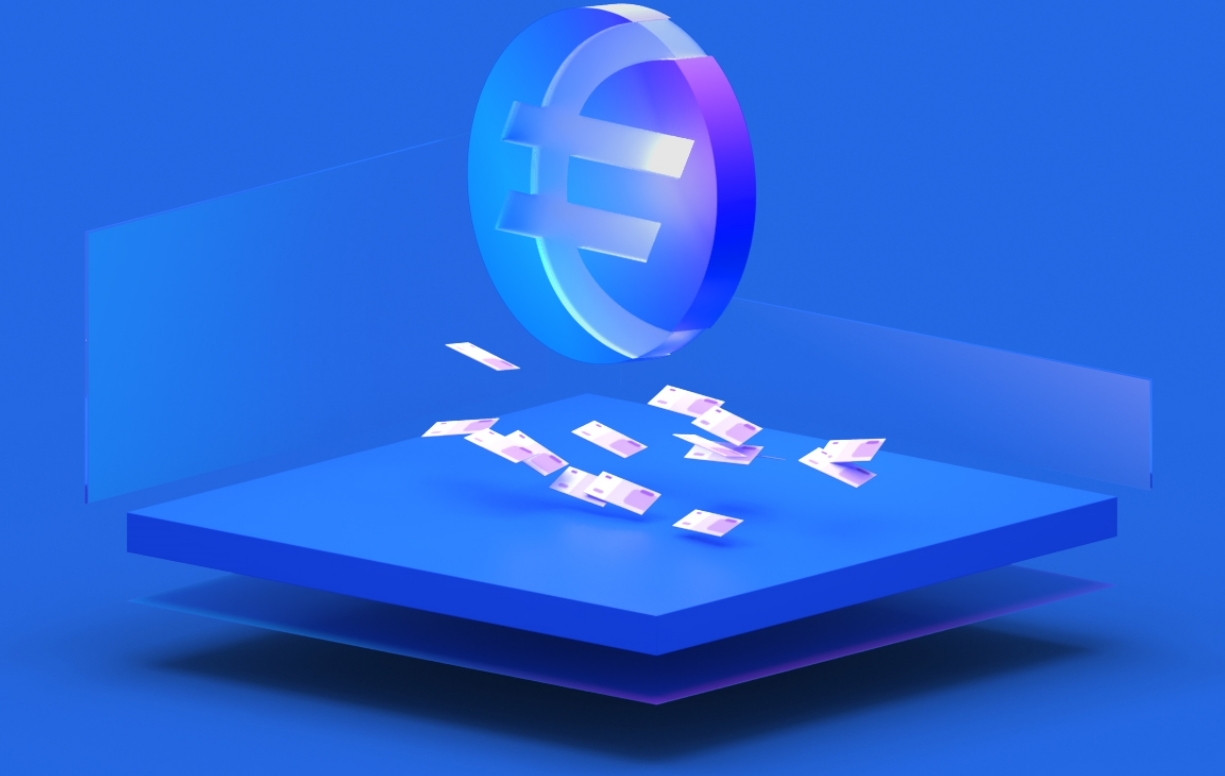
Is the interest rate the reason?
According to the analyst, the main reason an EU-regulated stablecoin has not been launched is because of the negative interest rate of -0,5% set for bank deposits with the European Central Bank (ECB).
Hansen gives as an example a hypothetical case in which a stablecoin such as the USD Coin (quotation USDC) of Circle is being developed but in Europe. “Imagine a EURC with a ~ USDC market capitalization of 50 billion euros. Circle is expected to pay 250 million euros in interest each year on the euro reserves, ”she explained, referring to the current regulations.
In this sense, it considers it “difficult to build a sustainable and profitable business model” if such amounts have to be paid. This is in addition to the regulations that the Markets for Crypto Assets (MiCA) bill, currently under development, will cover. The MiCA proposes a regulatory framework for the cryptocurrency industry through a licensing regime for anyone wishing to issue a stablecoin in the euro zone, with a single regulation for member states.
Hansen therefore believes that "it is not surprising that no large company is currently issuing a EUR-based stablecoin," as he noted in a thread on the social network Twitter on April 17.
There are Stablecoins anchored to the aueo
Hansen also argues that another part of the problem is that stable currencies whose value is pegged to the US dollar are experiencing a massive network effect through their use in exchanges, commerce, retail, decentralized finance (DeFi ) and corporate adoption. The stable cryptocurrencies the analyst refers to are led by USDC, USD Tether (USDT) or TerraUSD (UST), the latter of which already has the third highest cumulative market value.
The analyst also mentioned Angle Protocol's stable currency, a European DeFi that has developed a stable currency protocol based on the EUR. “He's getting some traction, but not fast enough. And some people, especially in traditional finance, will always prefer regulated, reserve-backed stable currencies, ”Hansen said.
Hansen concluded by explaining that all this leads to "collateral damage", which is "often ignored by the ECB's monetary policy in the European cryptocurrency space".
"As long as issuers of stable currencies have to hold 1-1 cash and cash-like assets in reserve and negative interest rates prevail, this is unlikely to change," he added.
